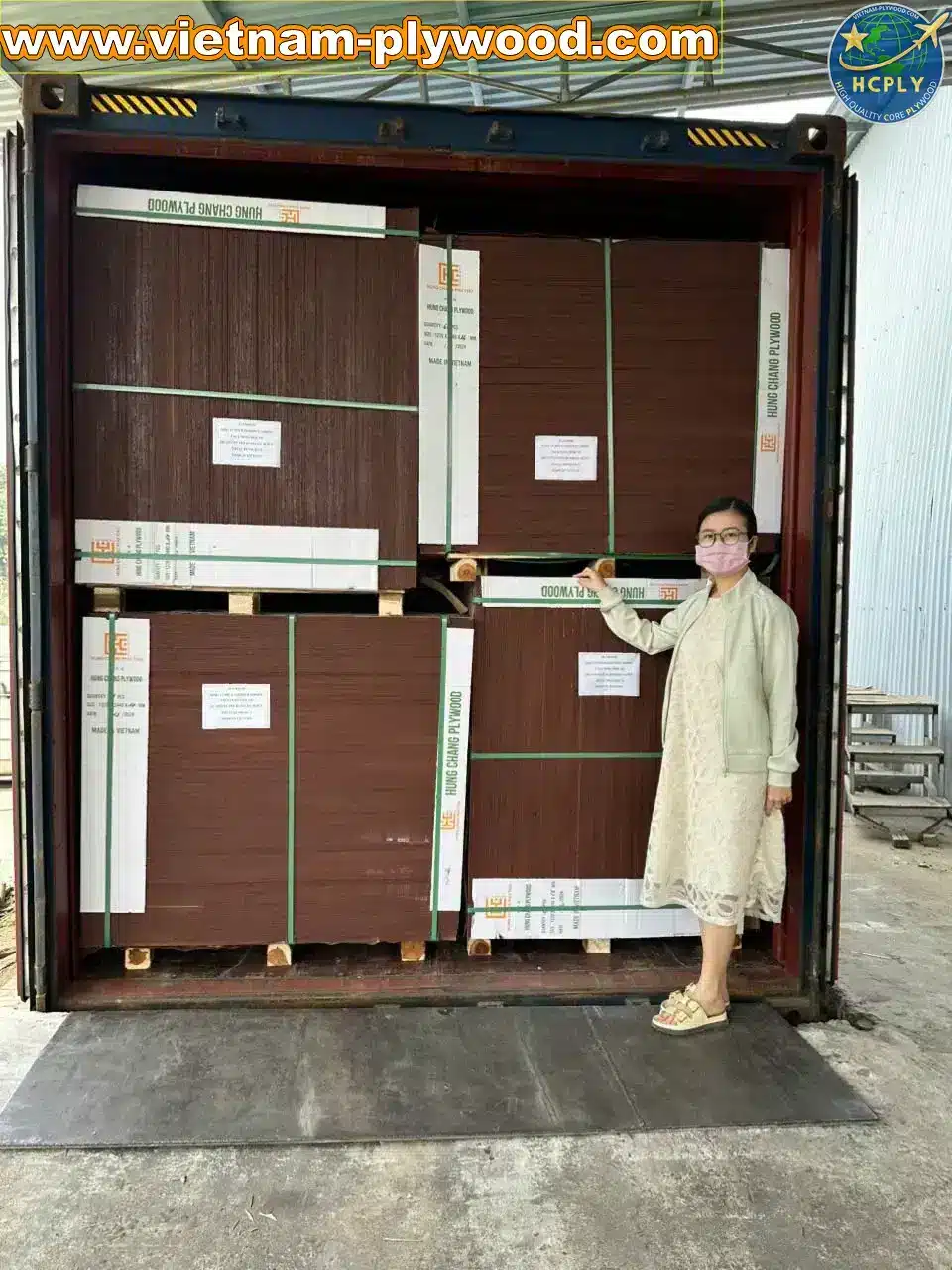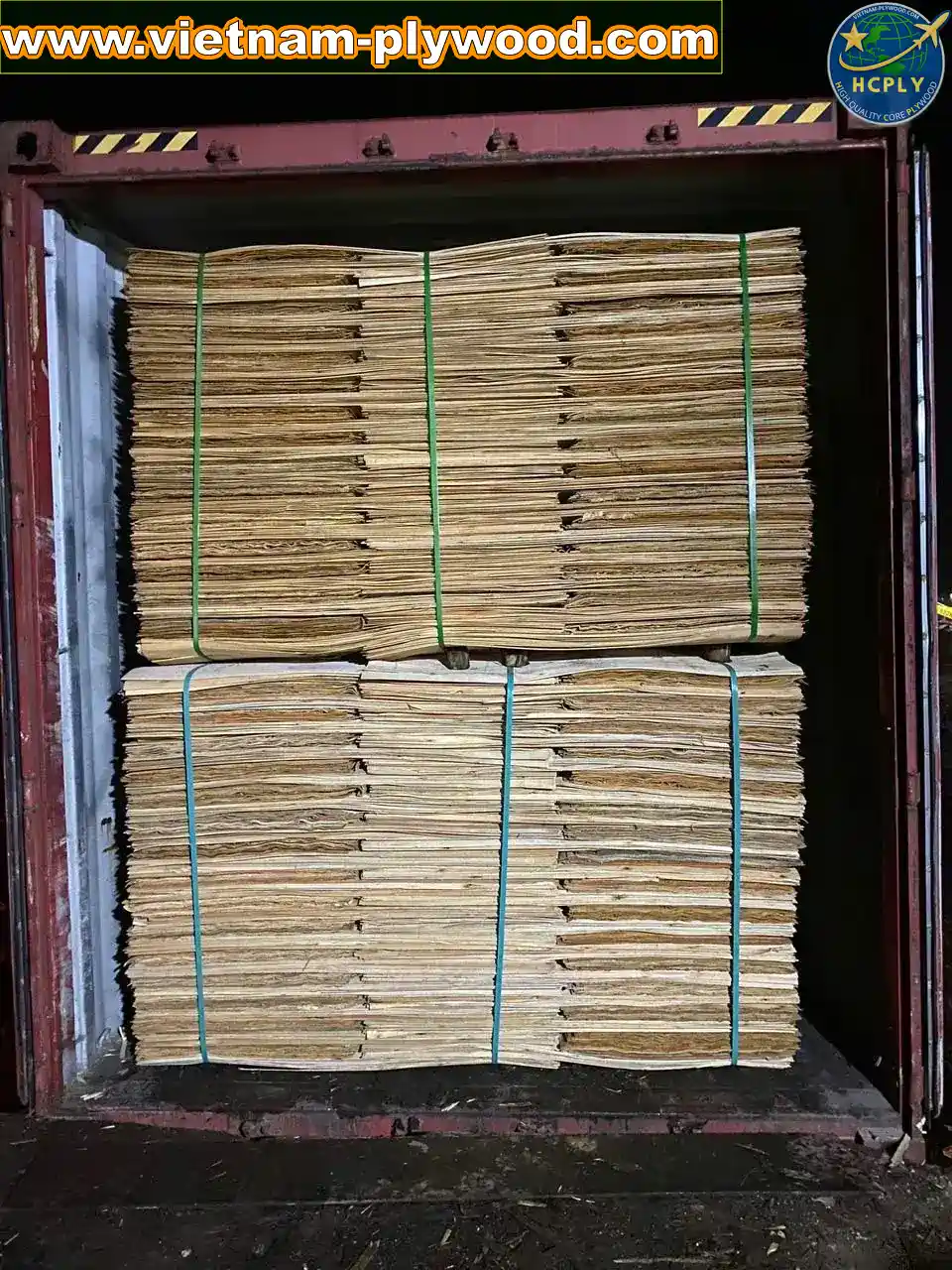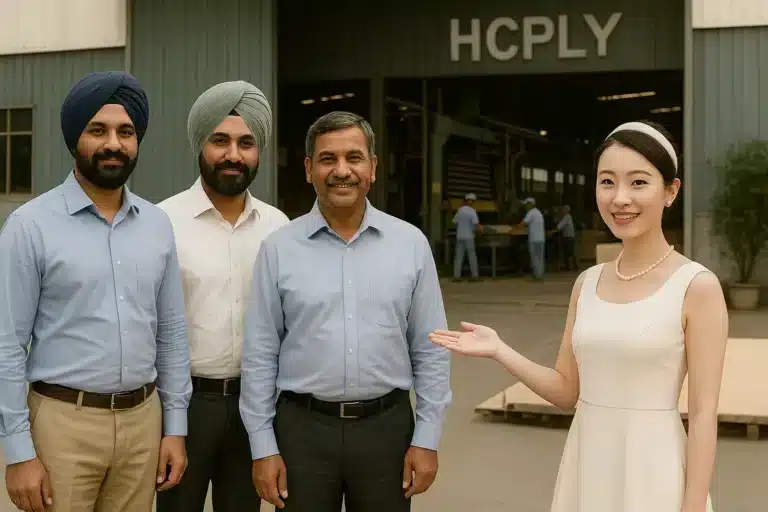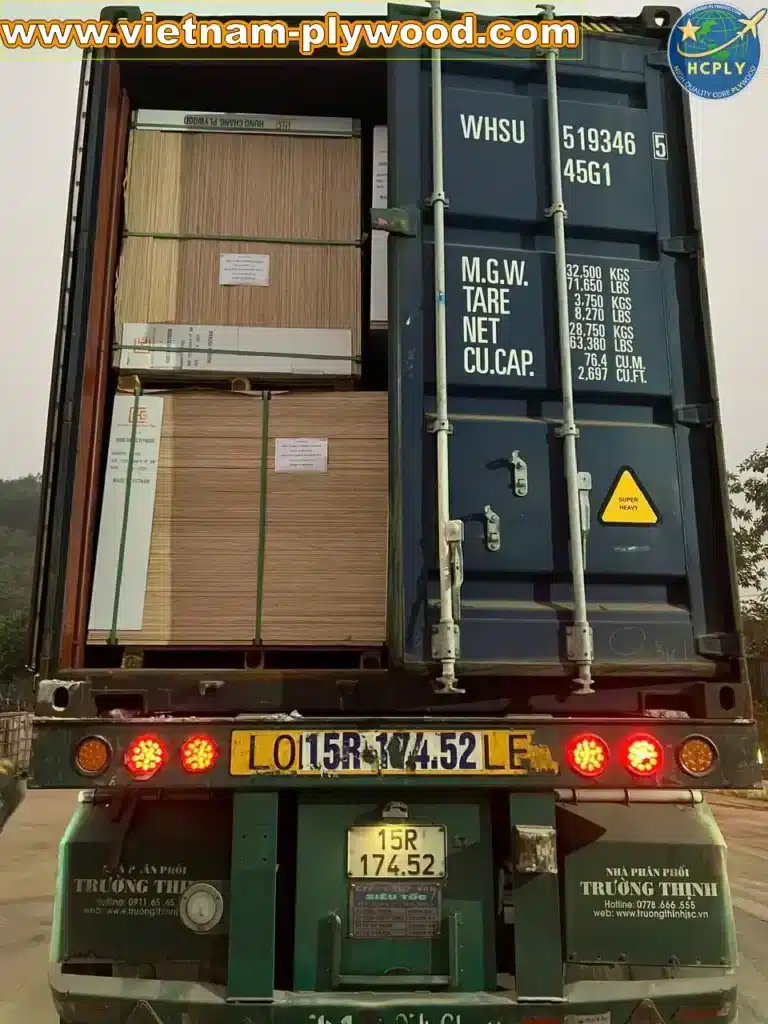How Are Plywood Sheets Packed for Export? Understanding Plywood Export Packing


# 📦 How Plywood Is Packed for Export – Vietnam Standards by HCPLY
At **HCPLY – Vietnam Plywood Manufacturer & Supplier**, we know that **plywood export packing** is a critical step in ensuring our products arrive safely and in perfect condition. Every shipment follows strict **plywood packaging Vietnam** guidelines to protect against damage during long-distance transport. To give you an idea of our packing process, let’s delve deeper into each step to highlight its importance in maintaining product integrity.
—
## 1️⃣ Palletizing for Stability and Compliance
– All plywood is stacked on **ISPM 15 heat-treated pallets** to meet global phytosanitary requirements. This ensures that our packaging complies with international shipping standards, preventing potential delays at customs.
– Pallets are engineered to support heavy plywood loads without bending or warping. The structural integrity of these pallets is crucial, as any compromise can lead to product damage during transit.
– This stable foundation ensures that **how plywood is packed for export** meets safety and handling standards worldwide. Without proper palletization, the risk of shifting cargo increases, which could result in significant loss.
Examples of pallet types we commonly use include block pallets and stringer pallets, each offering unique benefits depending on the product’s weight and dimensions.
—
## 2️⃣ Waterproof & Moisture Protection
– Bundles are wrapped with **waterproof polyethylene film** to guard against humidity, rain, and sea spray. This film is designed to withstand harsh weather conditions, ensuring the plywood remains dry.
– Additional **kraft paper or woven fabric** layers can be added for extra resilience. These layers provide an additional barrier against moisture and physical damage during handling.
– **Corner and edge protectors** prevent strap marks and impact damage. Such protective measures are vital to maintain the aesthetic quality of the plywood, especially when delivering to high-end clients.
For instance, our use of biodegradable films aligns with sustainable practices while still providing effective moisture protection.
—
## 3️⃣ Strong Strapping for Security
– Bundles are secured with **galvanized steel straps** or **high-tensile PP straps** in both directions. This dual-direction strapping technique is essential for maintaining the integrity of stacked plywood during transit.
– Straps are tensioned to hold the stack firmly without damaging veneers. Proper tensioning is a delicate balance; too tight can cause deformation, while too loose can lead to shifting.
– This method keeps **plywood export packing** stable through loading, shipping, and unloading. The longevity of the strapping material further enhances the security of the shipment.
We also regularly review our strapping methods to incorporate any advancements in materials technology that improve shipping safety and efficiency.
—
## 4️⃣ Container Loading – Weight & Space Optimization
– Forklifts with padded forks protect panel edges from chipping. The careful handling of plywood panels during loading is crucial to prevent any incidental damage.
– Containers are loaded with balanced weight distribution and slight ventilation space to avoid condensation. A well-planned loading strategy mitigates the risk of shifting and ensures airflow, crucial for humidity control.
– Loading plans vary depending on thickness, core type, and pallet height. Each shipment could require a tailored approach based on these variables to maximize container efficiency.
For example, we utilize software to model cargo arrangements, which helps us visualize and optimize our loading strategies.
—
## 5️⃣ Standard Packing Configurations – Plywood Sheets
| **Size (mm)** | **Core Material** | **Pallets per 40’HC** | **Approx. Weight** | **Notes** |
|—————|——————|———————–|——————–|———–|
| 1220×2440 | Eucalyptus | 15 | 28–29 tons | High-strength core |
| 1220×2440 | Acacia / Mix | 16 | 28–29 tons | Balanced weight & cost |
| 1220×2440 | Styrax | 17 | 28–29 tons | Lighter core, more pallets |
| 920×1830 (6×3 ft) | Various | 23–26 | Varies | Compact size option |
**Pallet height:** 1,000–1,160 mm
**Sheets per pallet:** pallet height ÷ sheet thickness
*(Example: 1,000 mm ÷ 18 mm ≈ 55 sheets)*
By adhering to these configurations, we can ensure that our shipments are both efficient and compliant with international shipping standards.
—
## 6️⃣ Packing for Core Veneer
| **Size (mm)** | **Sheets per Bundle** | **Bundles per CBM** | **Bundles per 40’HC** | **CBM** |
|—————|———————–|———————|———————–|———|
| 1270×640×1.7 | 20 | 36.2 | 1,700–1,800 | 45–50 |
– Wrapped in moisture-proof film
– Strapped tightly to prevent warping during export
– **Plywood packaging Vietnam** standards ensure veneer remains flat
Our adherence to these standards not only meets customer expectations but also minimizes complaints and returns due to product damage.
—
## 7️⃣ Extra Protection Options
– **Logo printing** for brand recognition
– **Desiccant bags** to control moisture inside containers
– **Special stacking** for mixed orders
– **Crate packing** for sensitive veneer or premium plywood
—
## 💬 Final Advice from Lucy
When buyers ask **how plywood is packed for export**, we show them HCPLY’s proven system:
**Strong pallets + waterproof wrapping + secure strapping + careful container loading**. This combination ensures your plywood arrives ready for immediate sale or production — no matter the destination.
📩 WhatsApp **+84-975807426** | Email **[email protected]**
Plywood export packing is essential for maintaining the quality of the sheets during transportation.
By following these meticulous steps in plywood export packing, we provide our clients with peace of mind knowing that their products are handled with the utmost care. Our commitment to quality assurance doesn’t end with packing; we also continuously seek feedback from our logistics team and customers to refine our processes further. Whether dealing with domestic or international shipments, our reputation is built on the reliability of our export packing methods.





